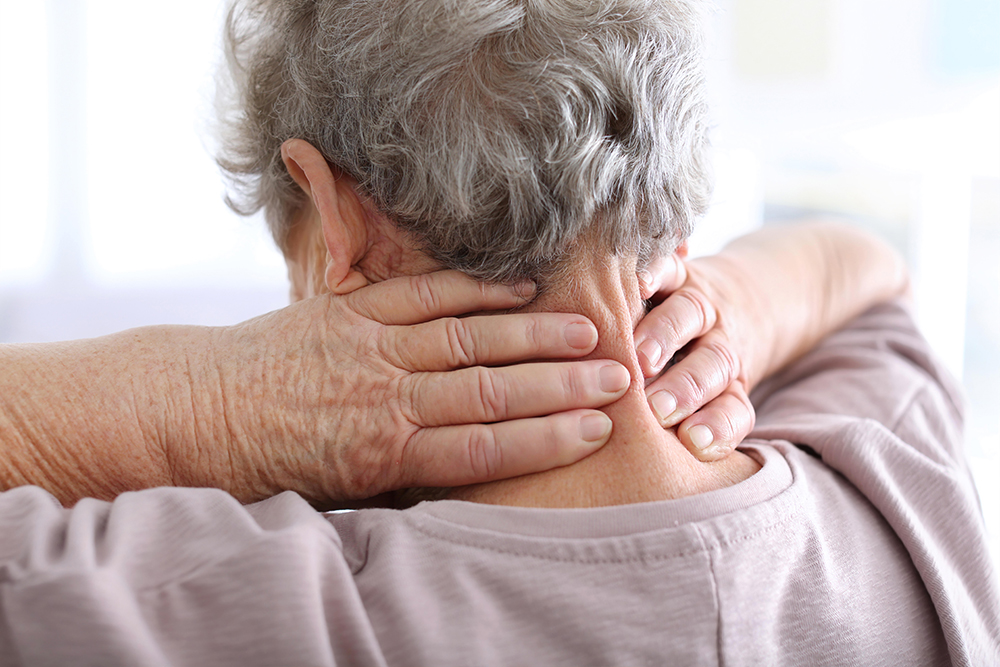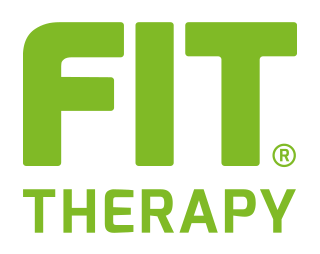- Home
- Arthrosis
Arthrosis

Arthrosis
di FIT Therapy Technology Academy
What is arthrosis?
Arthrosis, also called osteoarthritis or osteoarthritis, is a joint disease that affects the cartilaginous tissue that lines the ends of bones. Cartilage is a structure that acts as a cushion and enables the smooth movement of joints. In arthrosis, cartilage begins to progressively deteriorate, leading to symptoms such as pain, stiffness and loss of joint mobility.
Here are some characteristics of arthrosis:
- Cartilage deterioration: over time, the cartilage lining the articular surfaces of bones thins or breaks down. This deterioration can cause pain and limit joint function.
- Formation of osteophytes: In response to cartilage deterioration, the body can form bony growths called osteophytes, which can cause additional pain and restrict movement.
- Inflammation: Arthrosis can cause inflammation of the joint, which contributes to pain and swelling.
- Joint stiffness: Arthrosis can lead to a progressive loss of joint mobility and stiffness, especially after periods of inactivity.
- Pain: Pain associated with arthrosis is often described as constant, worsening discomfort while using the affected joint.
- Joint deformity: In severe cases of arthrosis, the affected joint may become deformed.
Causes of arthrosis
The joints most commonly affected by arthrosis include the knees, hips, hands, spine and finger joints. Arthrosis is often associated with ageing, but can also occur as a result of joint injuries, obesity, genetic predisposition, joint overload or concomitant diseases.
FIT Therapy Technology and treatment protocols
The treatment of arthrosis aims to manage the symptoms, slow down the progress of the disease and improve the patient’s quality of life. Treatment plans may vary depending on the severity of the arthrosis, the joint involved, and individual needs. Here are some of the most common treatment options for arthrosis:
- Lifestyle changes:
- Weight loss: For overweight or obese people, weight loss can reduce the load on joints leading to an improvement in symptoms.
- Exercise: An exercise programme aimed at improving muscle strength and flexibility can reduce pain and improve joint function. Activities such as swimming, cycling and walking are often well tolerated.
- Physiotherapy: A physiotherapist can develop a specific treatment plan, which may include strengthening and stretching exercises as well as manual therapy techniques.
- Orthopaedic supports and devices:
- The use of joint braces, bands or supports can provide support and relieve tension.
- Physical therapies:
- Therapies such as massage, shock wave therapy or ultrasound therapy can be used to promote healing and reduce pain.
- Complementary therapies:
- Some people find relief with complementary therapies such as acupuncture, chiropractic or pain control therapy.
It is important to consult a medical professional for an accurate diagnosis and a specific treatment plan. The management of arthrosis requires a combination of these treatment options, adapted to the patient’s individual needs. The aim is to improve quality of life, reduce pain and preserve joint function.
Treatment method with FIT Therapy Patch
The FIT Therapy Patch can be used to treat painful events related to arthrosis.
It turns out to be a natural alternative to using medication or heat-releasing devices.
Instructions for correct application (also watch the video-tutorial):
- Remove the patch from the base
- Apply the patch to dry, clean, hair-free skin
- Wait about two minutes for better adhesion of the plaster on the skin
- Keep the patch applied for 5 days
- Continue therapy until symptoms improve
The patch retains its function even when wet (e.g. in the shower).










